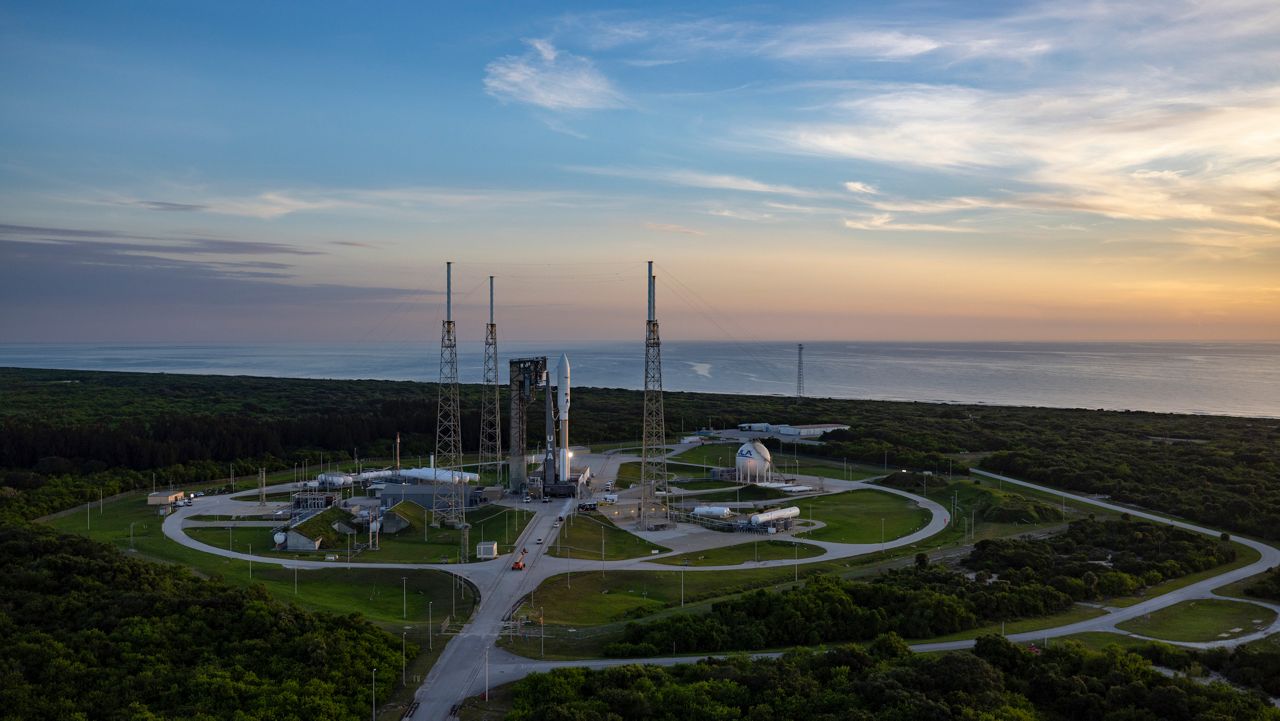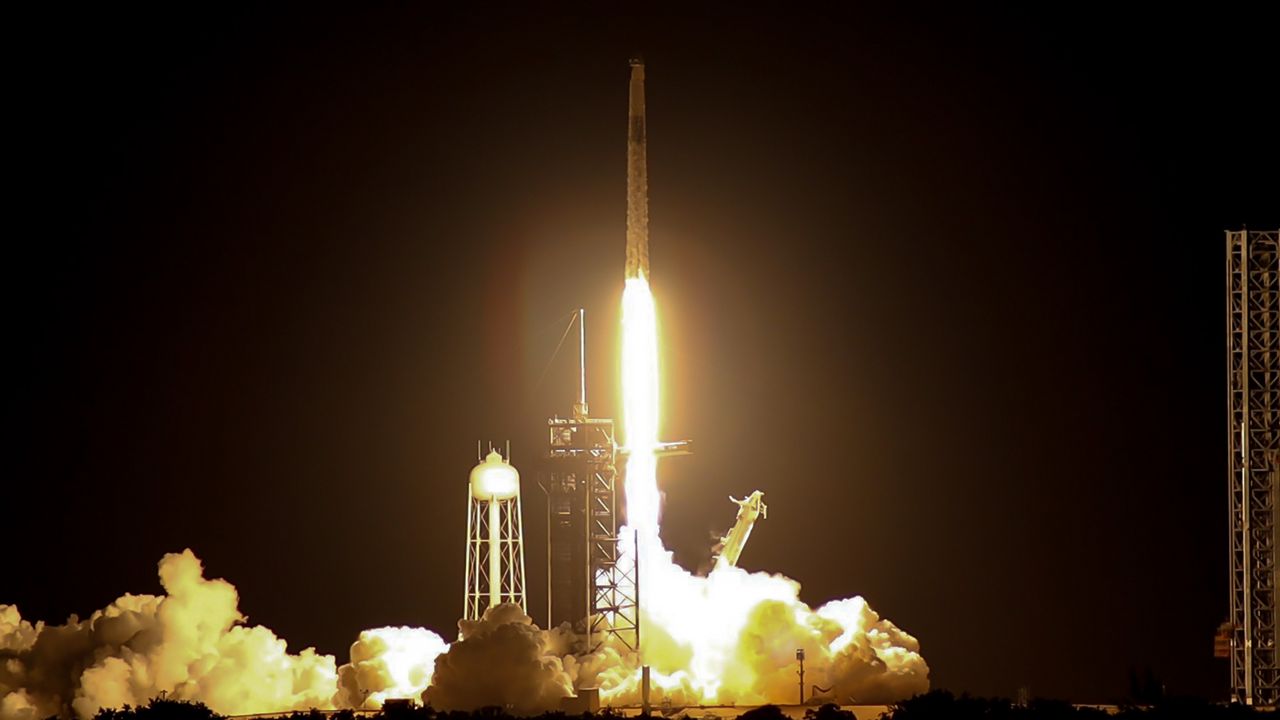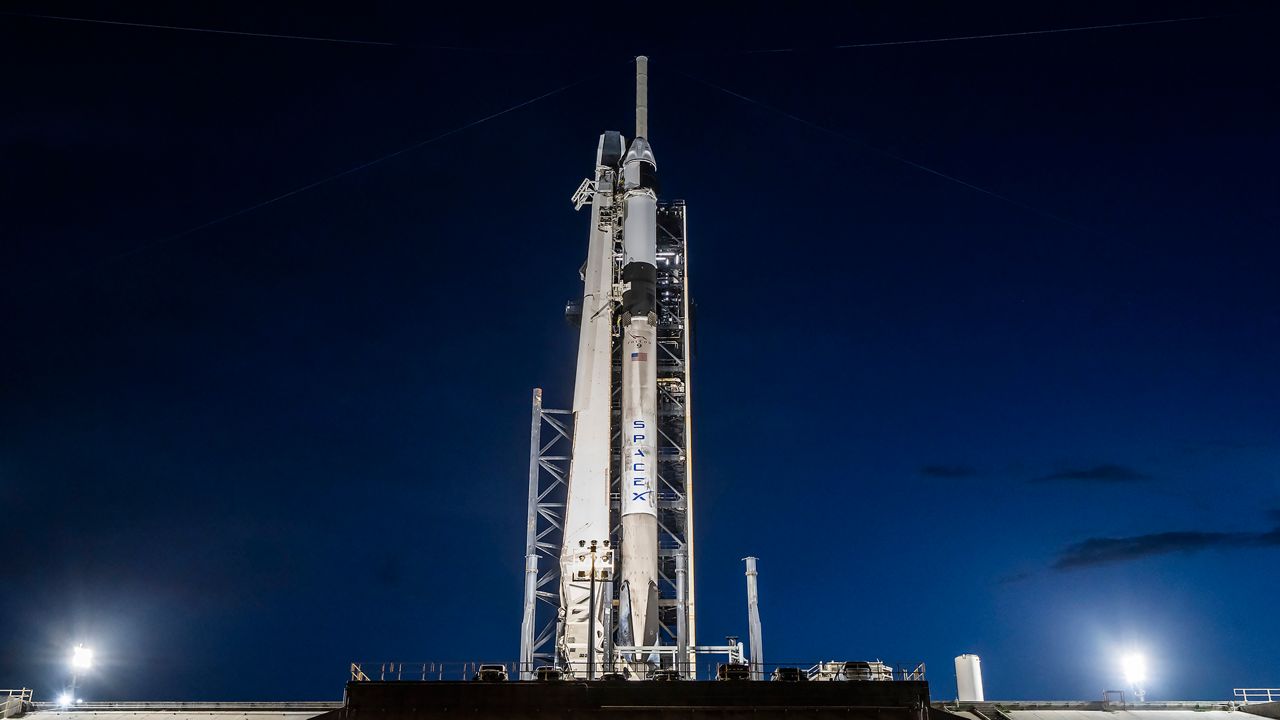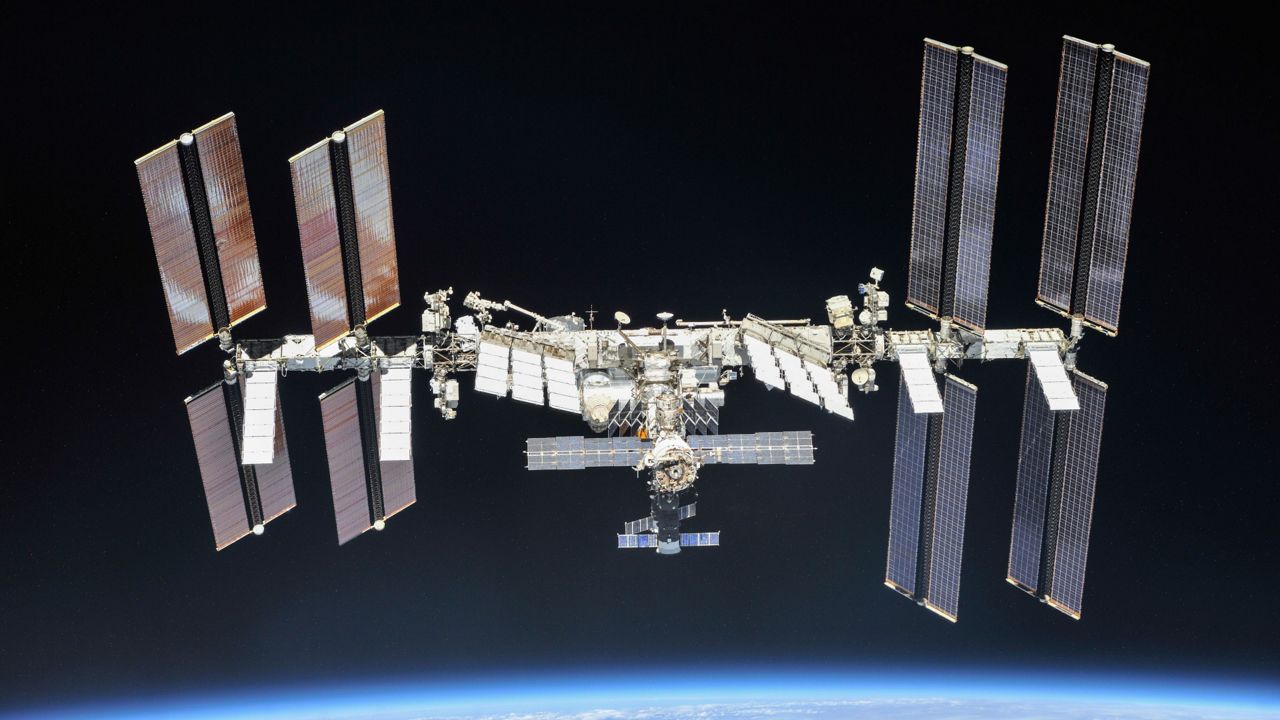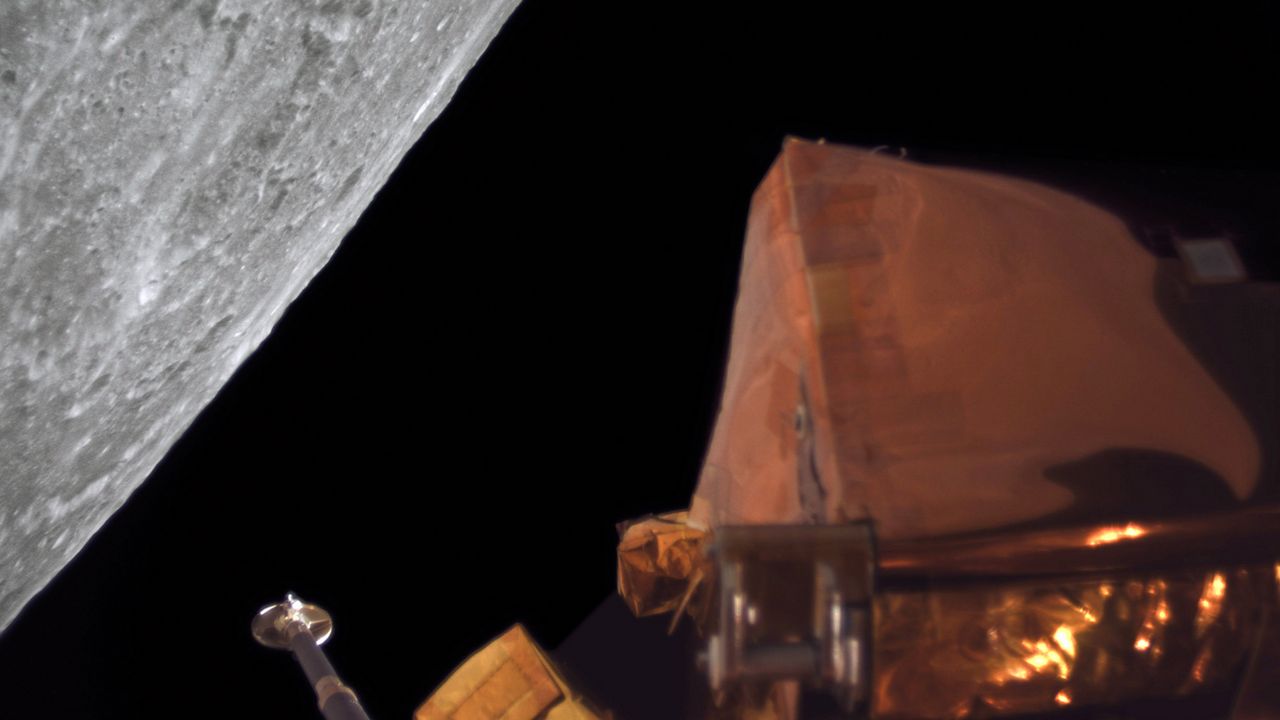CAPE CANAVERAL SPACE FORCE STATION — United Launch Alliance on Monday delayed plans to send its second batch of Amazon’s Project Kuiper satellites into space.
Engineers noted an elevated temperature within the booster engine, ULA said in a post on X.
LAUNCH STATUS UPDATE:
— ULA (@ulalaunch) June 16, 2025
The launch of a United Launch Alliance Atlas V 551 carrying Amazon’s second Project Kuiper mission, Kuiper 2, is delayed due to an engineering observation of an elevated purge temperature within the booster engine. The team will evaluate the hardware, and…
ULA’s Atlas V rocket, carrying 27 satellites, had been scheduled to lift off at 1:25 p.m. EDT, from Space Launch Complex 41 at Cape Canaveral Space Force Station.
No new launch date has been scheduled.
According to ULA, the weather forecast was 75% favorable for liftoff conditions.
Project Kuiper is Amazon’s low-Earth orbit satellite broadband network intiative that received the green light from the U.S. Federal Communications Commission in 2020.
“Project Kuiper is Amazon’s initiative to provide fast, reliable broadband to customers and communities around the world, including in places that are currently unserved or underserved by traditional internet and communications options. To achieve this goal, Amazon will deploy thousands of satellites in low Earth orbit (LEO) linked to a global network of antennas, fiber, and internet connection points on the ground,” Amazon stated on its website.
ULA launched Amazon’s first 27 satellites into space on April 27, 2025. Project Kuiper’s satellite design includes 3,232 satellites with 80+ launches via Arianespace, Blue Origin, SpaceX, and ULA.
The satellites will orbit between 590 and 630 kilometers (about 367 and 392 miles).
“Over the next few years, Kuiper and ULA teams will conduct seven more Atlas V launches and 38 launches on ULA’s larger Vulcan Centaur rocket. An additional 30-plus launches are planned across our other launch providers: Arianespace, Blue Origin, and SpaceX,” Amazon stated.
The company said it expects to begin delivering internet service to customers in late 2025.


